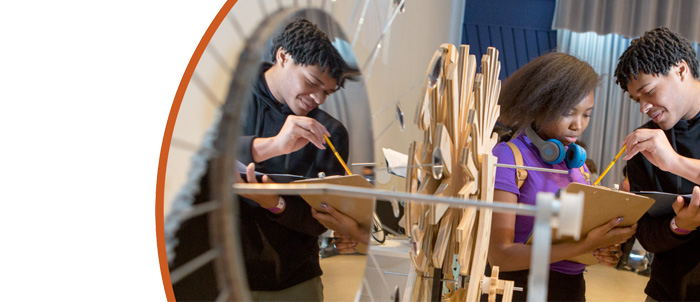Effects of instructional analogies on illusions of understanding in Introductory Geoscience
Effective Years: 2023-2027
Analogies pervade textbooks and other teaching materials in geology and other STEM fields. "The Earth's crust is like a multi-layered cake with many different colors of icing." This is an example of an analogy used to teach geology. Anaologies are widely thought to be effective teaching tools because they take something that students are already familiar with and relate it to a new unfamiliar concept. But this same feature could potentially lead to illusions of understanding. Students may assume that if they understand the familiar thing (layered cake) they understand what they need to learn about the unfamiliar thing (strata in the Earth's crust). In contrast, the scientific concept may be far more complex and possess features that the simple, familiar object does not. If the limits of the analogy are not detailed for the student, they may become overconfident in their knowledge and fail to put forth the additional effort needed for full understanding. This would be an error in metacomprehension that undermines self-regulated learning behaviors. The current project will study how analogies are used in undergraduate Introductory Geology to explore their potential negative impact on the accuracy of students' judgments about their own knowledge and to develop lessons aimed at eliminating or reducing this negative impact. The results will have implications beyond the field of geology, as analogies are a pervasive aspect of learning environments across STEM fields.
The current project will involve a systemic analysis of how analogies are used in widely adopted instructional resources in Geology and will also include a series of experiments to be conducted within undergraduate Introductory Geoscience classrooms whose students are primarily college freshman and sophomores. All materials used for the experiments will be authentic classroom materials, fully integrated into the courses' online homework activities. The basic procedure common to these experiments is that students will read textbook excerpts on various topics in geoscience that systematically vary in whether they include analogies. After studying all topics, students will be asked to judge their level of comprehension for each topic ("How many items do you think you will get correct on a 5-item test?") and asked to identify which topics they would choose to restudy. Students will then take a comprehension test for each topic that requires inferential reasoning rather than just memory for words. This procedure allows for computing how accurate students are in their judgments of their own comprehension (i.e., metacomprehension), whether they choose to restudy topics they need to study most, and their actual comprehension of each topic. Student performance on course exams will be used as a more distal measure of impact. Beyond the impact of analogies on each outcome measure, some experiments will test whether the impact of analogies can be moderated by having students draw sketches of the geological phenomena, and by a short online tutorial about how to map between the familiar source and unfamiliar target concepts of an analogy along with warnings to avoid the inflated confidence that might occur due to the analogy source's being familiar. In addition to improving STEM instruction, the findings will have the potential to advance the broader literatures in metacomphrehension, science learning, and use of analogies to convey complex concepts in STEM. This project is supported by the EDU Core Research (ECR) program. ECR emphasizes fundamental STEM education research that generates foundational knowledge in the field. Investments are made in critical areas that are essential, broad, and enduring: STEM learning and STEM learning environments, broadening participation in STEM, and STEM workforce development.
This award reflects NSF's statutory mission and has been deemed worthy of support through evaluation using the Foundation's intellectual merit and broader impacts review criteria.




